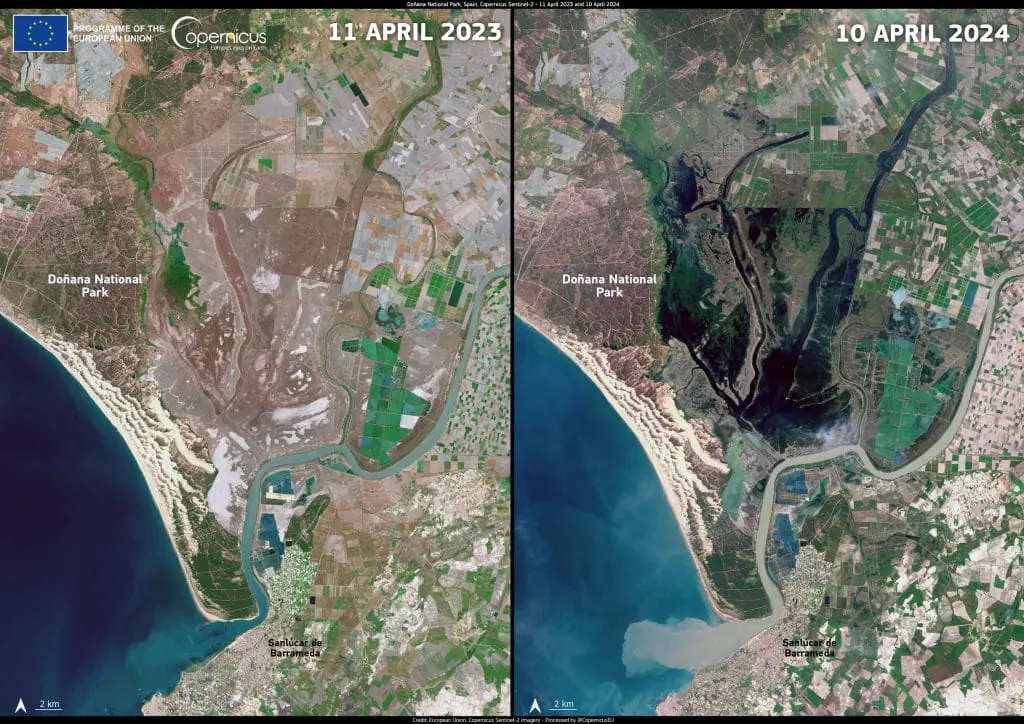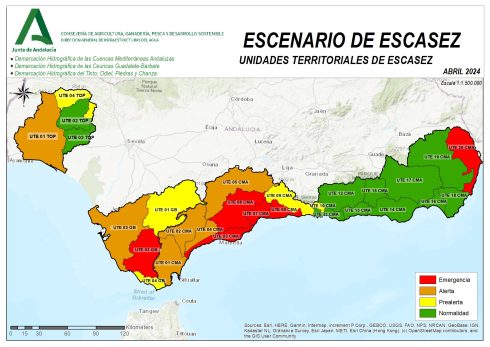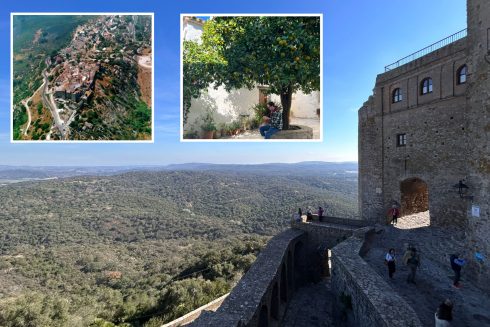THE Doñana wetlands in southern Spain have regained their splendour after heavy rainfall as satellite images show dramatic change.
The photos, released by the EU Earth Observation Programme, Copernicus, show lakes filled alongside blooming plants and trees.
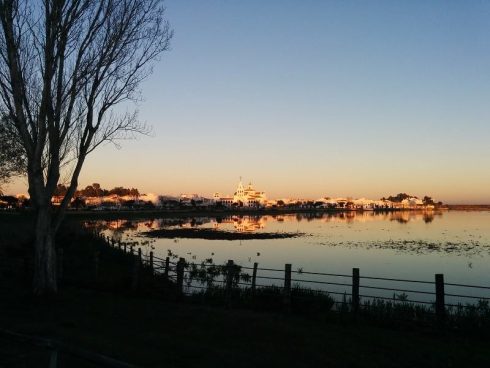
Photo: Visitas a Doñana/Facebook
They show the difference between April 2023 and April 2024, with many crediting recent rainfall with Doñana’s burst of life.
According to Corpernicus: “If we compare 2023 and 2024 we see how recent rain has softened the damaging effects of drought.
“The situation has improved and vegetation has started to flourish again.”
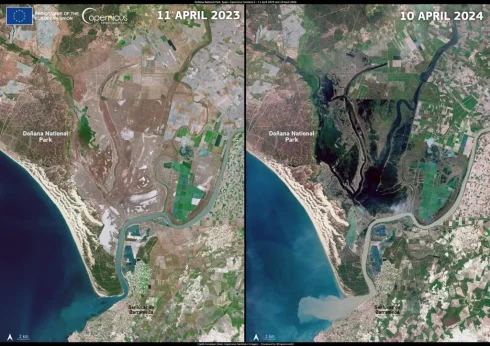
Photo: Copernicus
In the past few years, the park has suffered intense drought, leaving large swathes with no water.
However, thanks to downpours starting in November 2023, the situation has improved, leading many species to return to their natural habitat.
The biggest lakes in the park, like Santa Olalla, el Sopeton and la Dulce, are almost completely full.
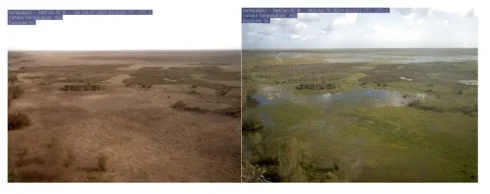
Photo: Copernicus
“The rain has been coming late for winter, but it is still useful for aquatic birds to breed,” explained experts from the Doñana Biological Station.
The park is known for its birds, including coots, terns, grebes, storks, herons and most importantly, its huge flock of flamingoes.
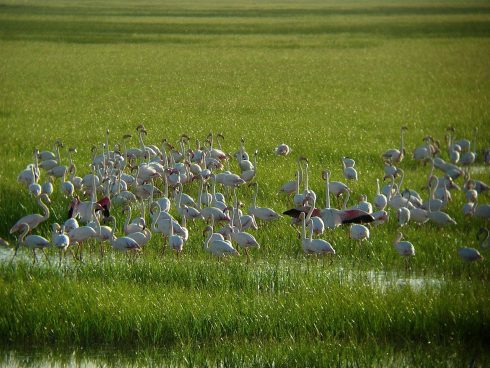
Photo: Visitas a Doñana/Facebook
It is also known for its wide diversity of wildlife including lynxes, deer, wild boars and tortoises.
According to data from the Doñana Biological Station, March alone saw 145 l/m2.
Since September, some 404.4 l/m2 has fallen in the area.
“This figure is the highest ever seen in four years, but it is still not the seasonal average, 500l/m2.”
READ MORE: Toxic spill bill: Junta to sue Boliden for €90m over 1988 contamination of Doñana

